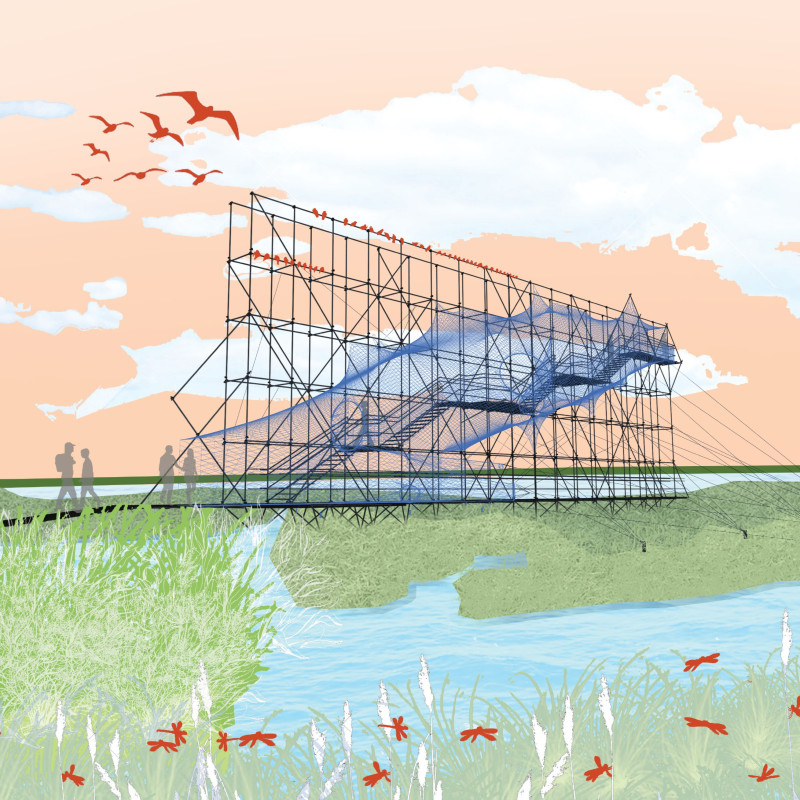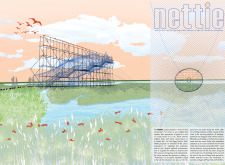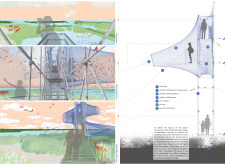5 key facts about this project
At its core, the project serves a multifaceted function, serving as both a community hub and a resource for its users. This dual role prioritizes adaptability and versatility, allowing spaces to accommodate a variety of activities, from public gatherings to educational programs. The architectural layout has been meticulously planned to foster interaction and engagement among users, promoting a sense of community well-being. Large, open areas encourage socialization and collaboration, while quieter spaces provide opportunities for reflection and individual activities.
One of the notable features of the project is its careful integration of natural light throughout the interior spaces. Strategic placement of windows and skylights not only enhances the aesthetic quality of the environment but also reduces reliance on artificial lighting, contributing to energy efficiency. The use of sustainable materials further exemplifies the project's commitment to environmental responsibility. Locally sourced materials, such as hardwood, stone, and high-performance glass, minimize the carbon footprint and ensure a connection to the surrounding landscape, enriching the overall experience of the space.
The design incorporates unique architectural elements that distinguish it from typical structures. Curvilinear forms and dynamic geometries engage the viewer's eye, drawing attention to the interplay between solid and void. The facade, featuring a combination of textured surfaces and smooth finishes, creates a layered approach that invites exploration and curiosity. This thoughtful consideration of materiality fosters an inviting atmosphere and enhances the sensory experiences of those who inhabit the space.
In addition, the incorporation of green technologies, such as rainwater harvesting systems and solar panels, reinforces the project's sustainable ethos while providing practical benefits. These elements exemplify how architectural design can address urgent environmental challenges without compromising aesthetic appeal. The landscape around the building has also been thoughtfully curated to encourage native biodiversity and support environmental health, further connecting the architecture to its setting.
Furthermore, the project exemplifies a keen understanding of its context, responding to the cultural and historical narratives of the area. The design choices reflect an awareness of the local architecture, drawing inspiration from traditional forms while embracing contemporary methods. This blend creates a cohesive visual narrative that respects the past while looking toward the future.
Overall, the project stands as a testament to the possibilities inherent in modern architectural design. It invites viewers to consider the role that thoughtfully designed spaces play in fostering community, enhancing sustainability, and promoting well-being. Those interested in understanding the finer details of the design can delve deeper into the architectural plans, architectural sections, and architectural designs that reveal the underlying principles and innovative ideas shaping this project. Exploring these elements will provide valuable insights into the architectural decisions made and the vision that drives this compelling initiative.


























